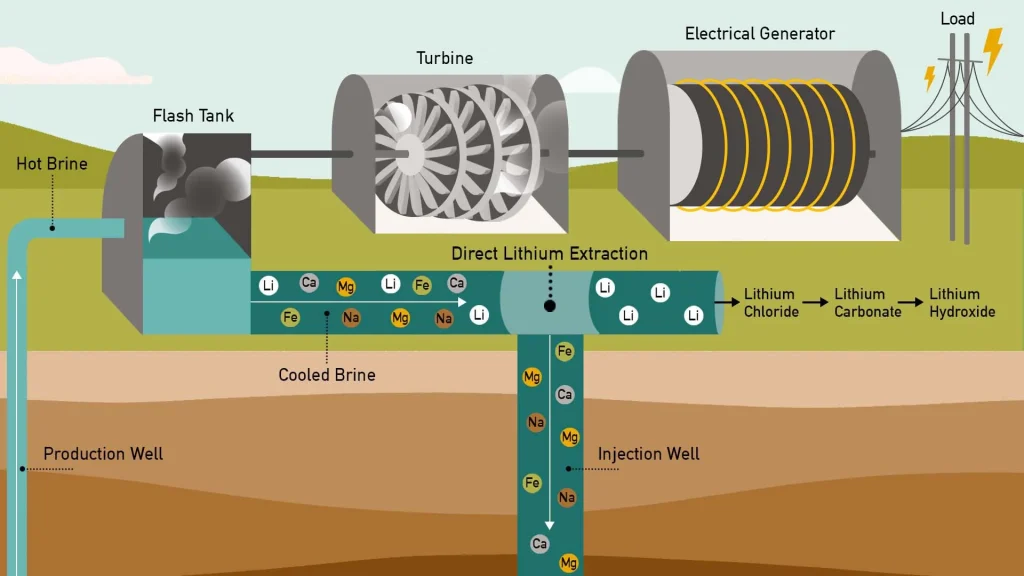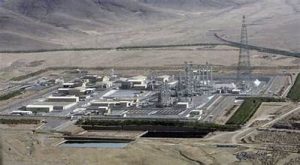“Engineers Innovate Solar-Powered Lithium Extraction from Brine for Sustainable Battery Production”

Introduction: A Sustainable Solution for Lithium Extraction
A team of engineers from Nanjing University, in collaboration with the University of California, Berkeley, has pioneered a revolutionary method for extracting lithium from briny water using solar energy. Their research, published in the journal Science, presents an innovative approach called solar transpiration-powered lithium extraction and storage (STLES), offering a sustainable and cost-effective solution to meet the global demand for lithium.
The Growing Demand for Lithium and Alternative Sources
Lithium is a critical element used in the production of batteries for electric vehicles, smartphones, and other renewable energy storage systems. As the world shifts towards greener technologies, lithium demand has surged. However, traditional sources of lithium, such as hard rock ores, are expected to decline in availability, making alternative sources crucial.
One promising source is brine—salty water found in oceans, lakes, and underground reservoirs. Research suggests that brine deposits could hold enough lithium to meet global demand for years. However, the challenge lies in extracting lithium from brine in an environmentally friendly and economically feasible manner.
The Challenge of Lithium Extraction from Brine
Traditional lithium extraction methods are energy-intensive and often harmful to the environment. The process typically involves the use of chemicals and excessive water usage, which can lead to pollution and high costs. To address these issues, scientists have been exploring solar-powered methods that harness renewable energy to extract lithium in a more sustainable way.
Solar Transpiration-Powered Lithium Extraction (STLES)
The new approach developed by the research team relies on solar transpiration to extract lithium from brine. Here’s how it works:
- Device Design: A floating device is placed on the surface of briny water. Inside the device, there is a membrane made from aluminum oxide with nanoparticles embedded within it.
- Solar Energy: When the sun shines on the device, it generates pressure that forces lithium ions through the membrane. The ions are separated from the brine, leaving behind the salty water.
- Lithium Storage: The extracted lithium is stored in a silica ceramic frit—a porous material with tiny holes that trap the lithium salts as they are pulled out of the brine.
The best part of this system is that it operates passively. It requires no external power, making it incredibly cost-effective and environmentally friendly.
Benefits of STLES Technology
- Cost-Effective: By utilizing solar energy, the system eliminates the need for costly infrastructure and power sources, making it a viable solution for lithium extraction even in remote areas.
- Environmentally Friendly: Unlike traditional methods, which often involve chemical usage and water waste, STLES is sustainable and minimizes environmental impact.
- Versatile: While ideal for seawater, this technology can also be applied to other briny sources, such as the Dead Sea, broadening its application across different regions.
Global Applications and Future Prospects
This solar-powered extraction method offers a scalable solution for lithium production. As demand for lithium continues to grow, technologies like STLES could play a key role in ensuring a sustainable supply. The passive nature of the device makes it suitable for low-cost deployment in regions with abundant sunlight and briny water sources, such as coastal areas and salt lakes.
Competing Technologies for Lithium Extraction
While STLES is a promising advancement, it is not the only technology in development. Another approach, developed at King Abdullah University of Science and Technology, uses iron-phosphate electrodes and silver/silver halide redox electrodes to pull lithium from brine. This method also shows promise for sustainable lithium extraction, and its effectiveness will continue to be explored alongside STLES.
Conclusion
The new solar-powered lithium extraction method developed by engineers from Nanjing University and UC Berkeley is a significant breakthrough in sustainable mining technologies. As lithium demand soars and traditional sources dwindle, this innovative approach provides a low-cost, environmentally friendly, and scalable solution to meet the world’s growing energy needs.
By leveraging solar energy and passive systems, STLES offers an exciting pathway toward sustainable lithium production that could help power a greener future.




